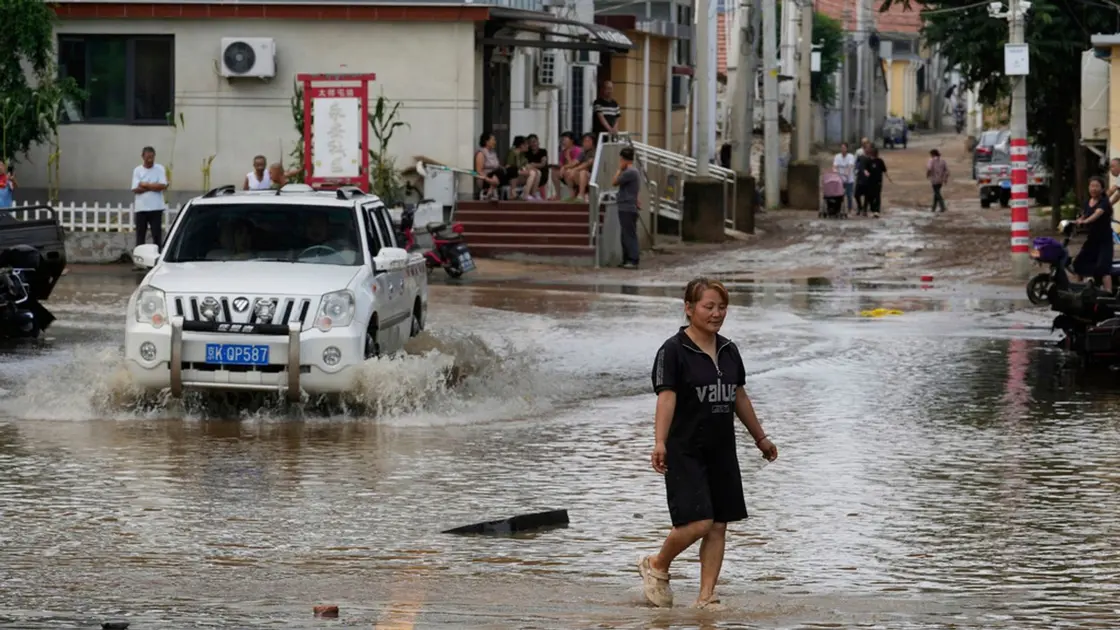T4K3.news
Rescue efforts continue after Kashmir floods claim 56 lives
Flash floods in Chasoti, Jammu and Kashmir, have killed 56 and left dozens missing as rescue teams search for survivors.
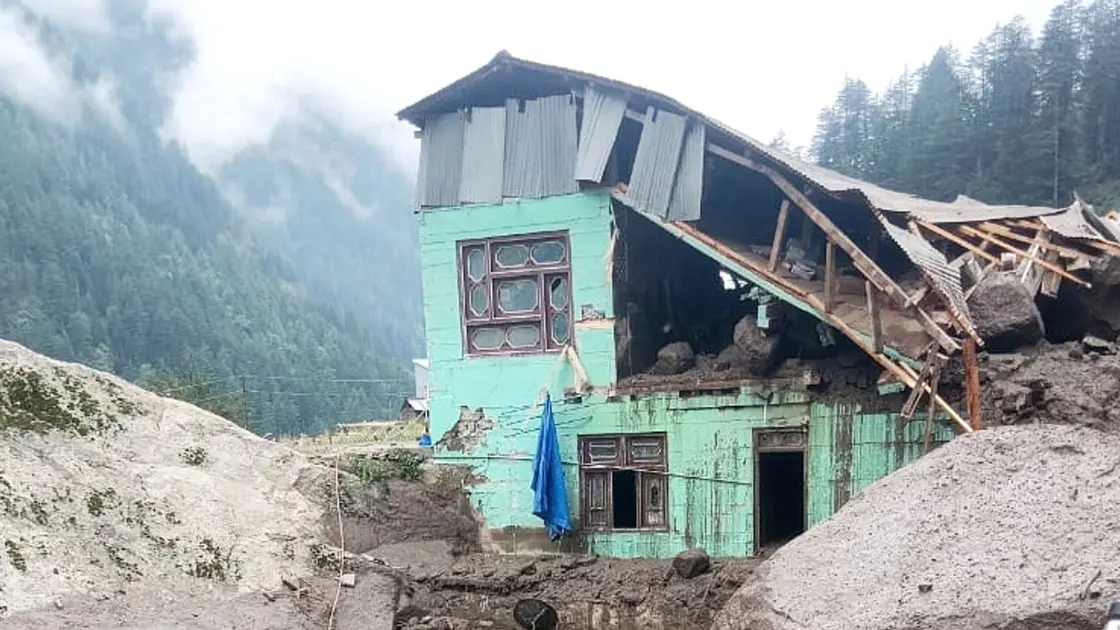
A remote village in Jammu and Kashmir was struck by flash floods during a Hindu pilgrimage, leaving dozens dead and many missing.
Rescue efforts continue after Kashmir floods claim 56 lives
At least 56 people were killed when flash floods hit Chasoti, a remote village in the Jammu and Kashmir region. Local officials say about 80 people remain missing as rescue teams continue in difficult terrain. So far, 300 people have been brought to safety. The village lies on the route to the Machail Mata temple, where pilgrims are traveling for an annual shrine visit.
The floods swept away the main community kitchen where more than 200 pilgrims were gathered, along with several vehicles. Officials said many of the rescued were injured and taken to local hospitals. The Hindu pilgrimage has been suspended as teams push to reach more survivors and extend relief support. Authorities said the disaster follows a pattern of cloudbursts and intense rains that have become more common in the region, with climate and development pressures playing a role.
Key Takeaways
"It was heartbreaking and an unbearable sight"
Local resident witnessing the devastation in Chasoti
"Army, air force teams have also been activated. Search and rescue operations are underway"
Official update on response efforts
"The situation is being monitored closely"
Prime Minister Narendra Modi on the evolving crisis
"At least 50 of the rescued people were badly injured and were being treated in local hospitals"
Local official update on injuries
The disaster highlights how mountain communities remain highly exposed to sudden weather events. Remote villages face barriers to rapid aid, and infrastructure gaps can hamper rescue efforts. The episode also raises questions about how best to protect pilgrims on long routes through fragile terrain. In the long term, the event underscores the need for improved weather forecasting, safer gathering spaces, and better planning for large crowds in challenging landscapes. Authorities are showing urgency by deploying the army and air force, but sustained relief will require coordinated, well funded planning and resilient local infrastructure.
Highlights
- Cloudbursts expose the fragility of Himalayan towns
- Rescue teams push through mud to reach survivors
- In the mountains time is the difference between life and loss
- Rebuilding must start with safer roads and better warnings
Political and sensitive nature of disaster response in Kashmir
The event occurs in a politically sensitive area and involves a major religious gathering. Response and reporting may attract scrutiny and political reaction, potentially affecting public perception and aid delivery.
Long after the mud settles, the task is to build safer routes and faster safeguards for mountain communities.
Enjoyed this? Let your friends know!
Related News

Kashmir flash floods kill at least 56
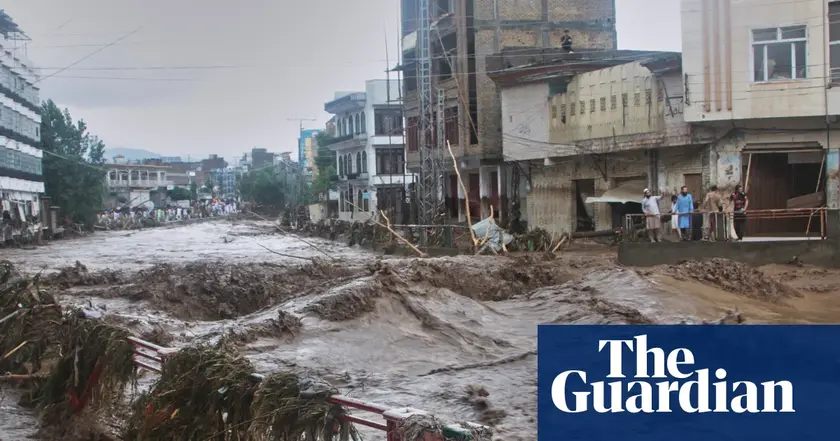
Flash floods update
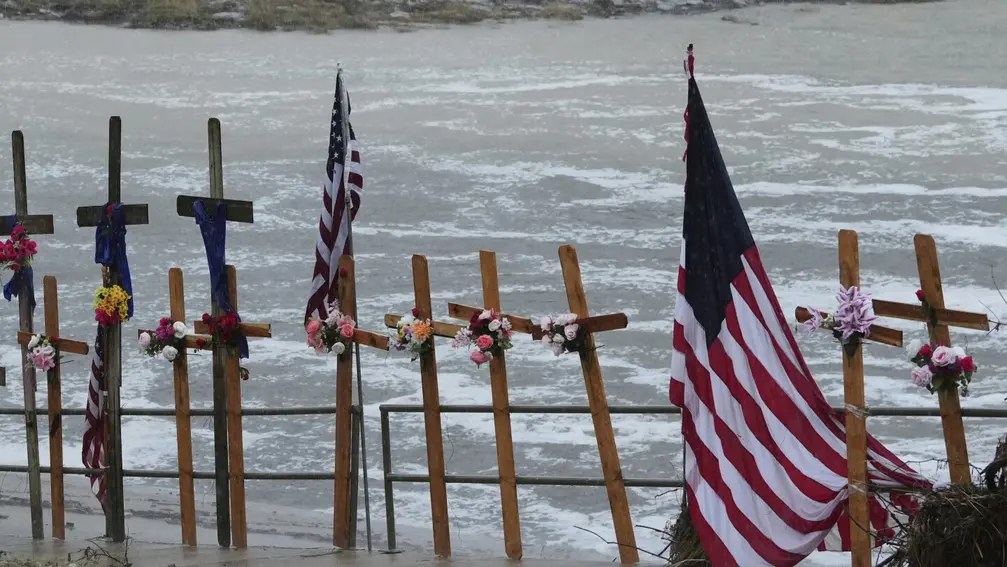
Texas lawmakers review flood response measures
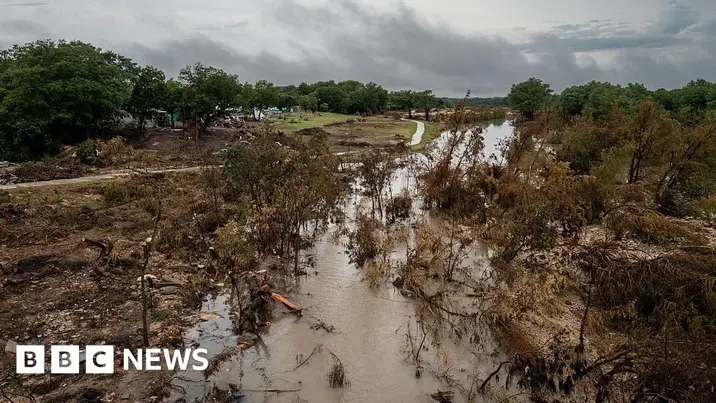
Number of missing persons in Texas floods falls to three

UN warns Gaza faces starvation
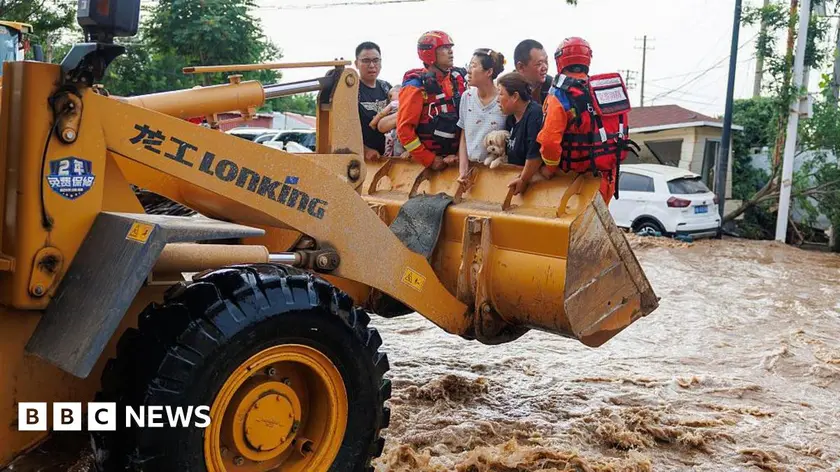
Beijing floods result in 30 deaths during extreme weather
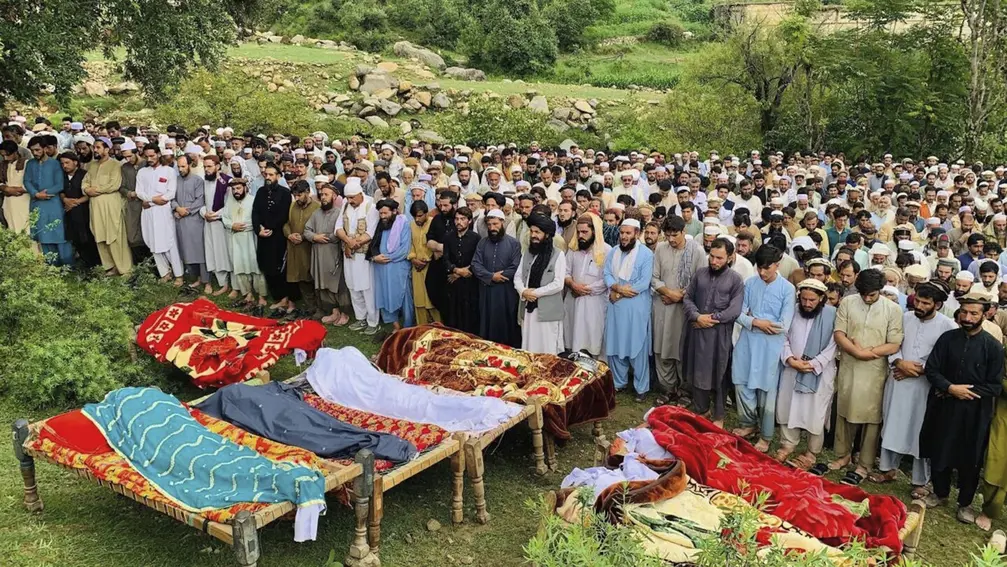
Floods kill over 200 in India Pakistan

Kremlin presses Donetsk surrender in ceasefire offer
